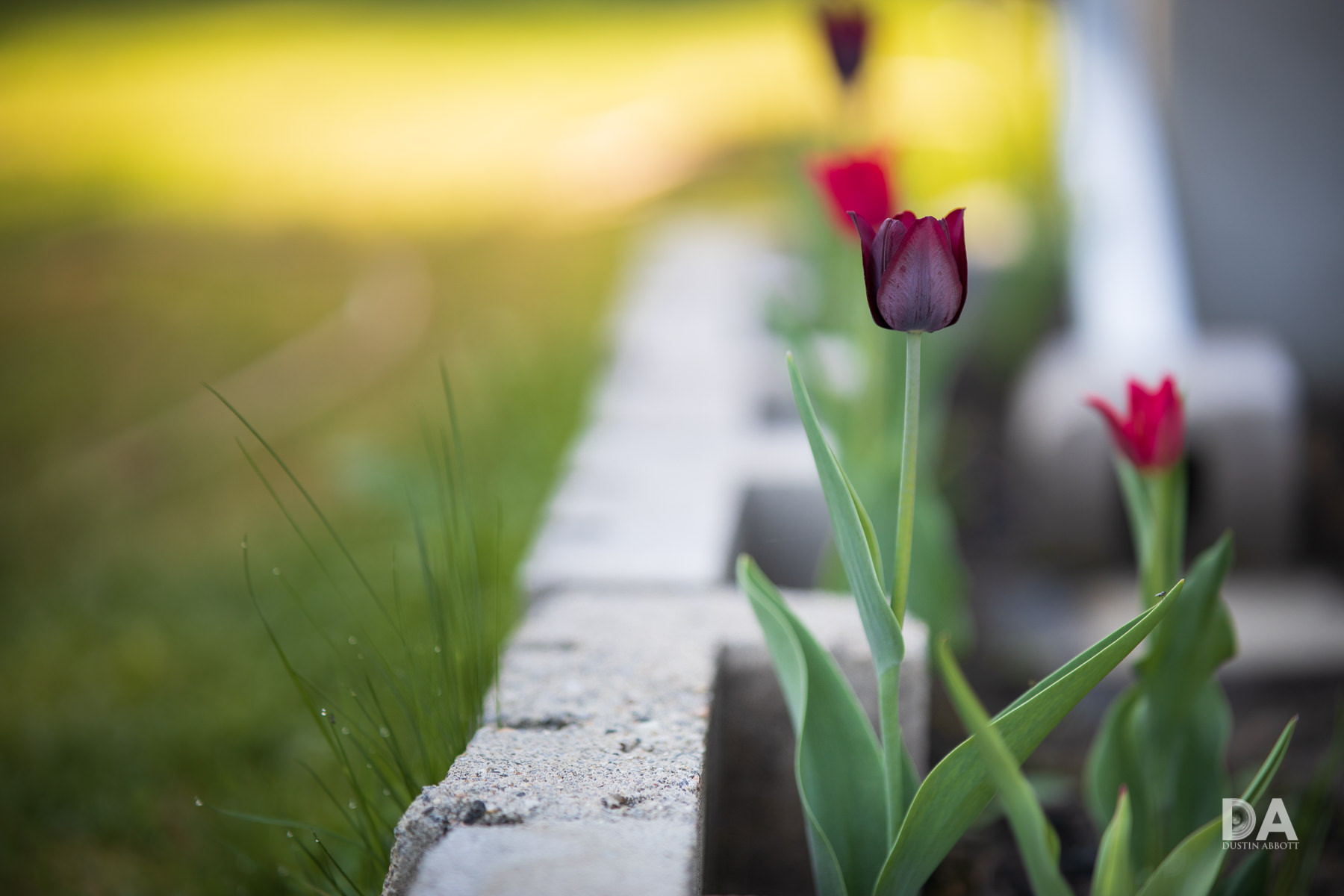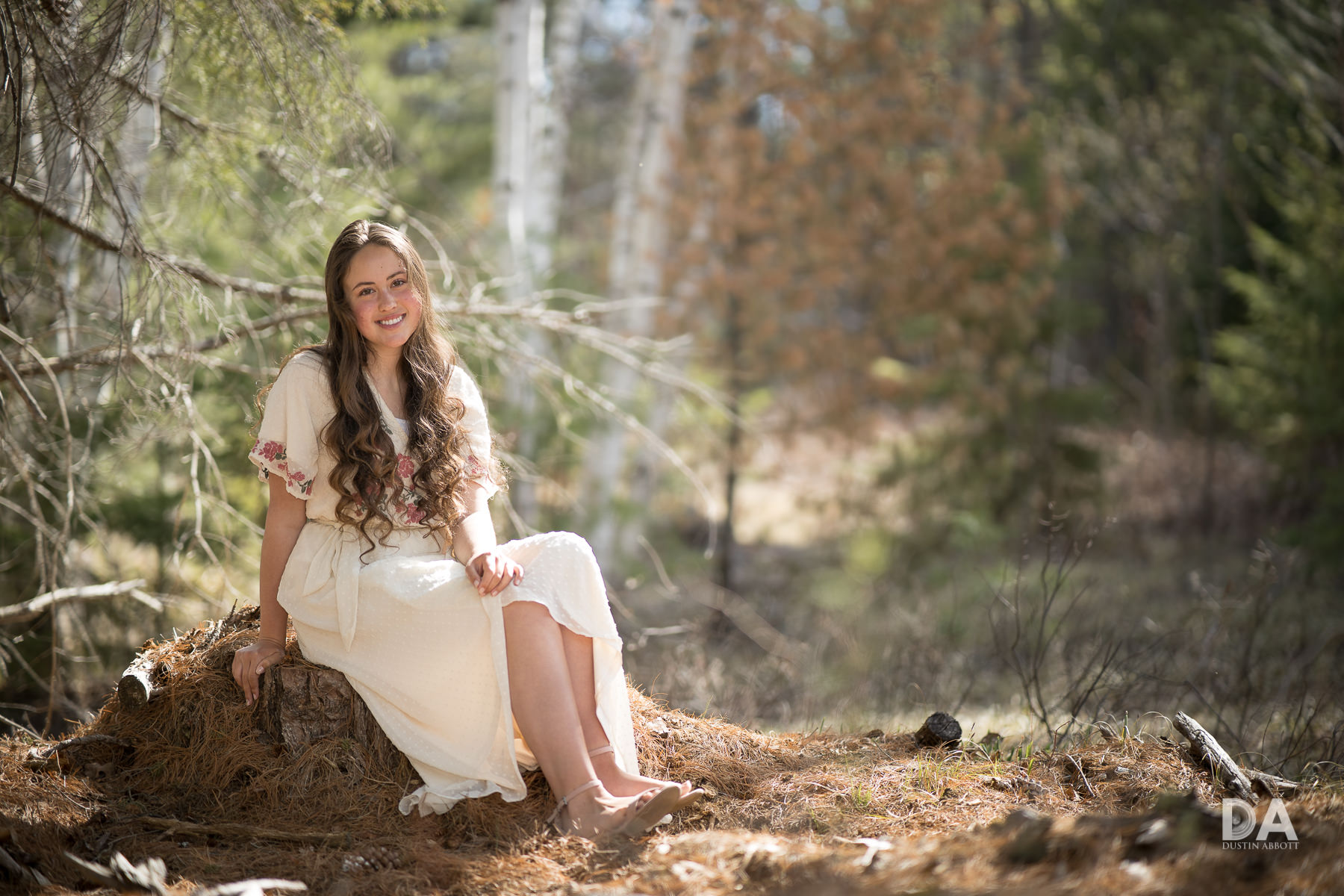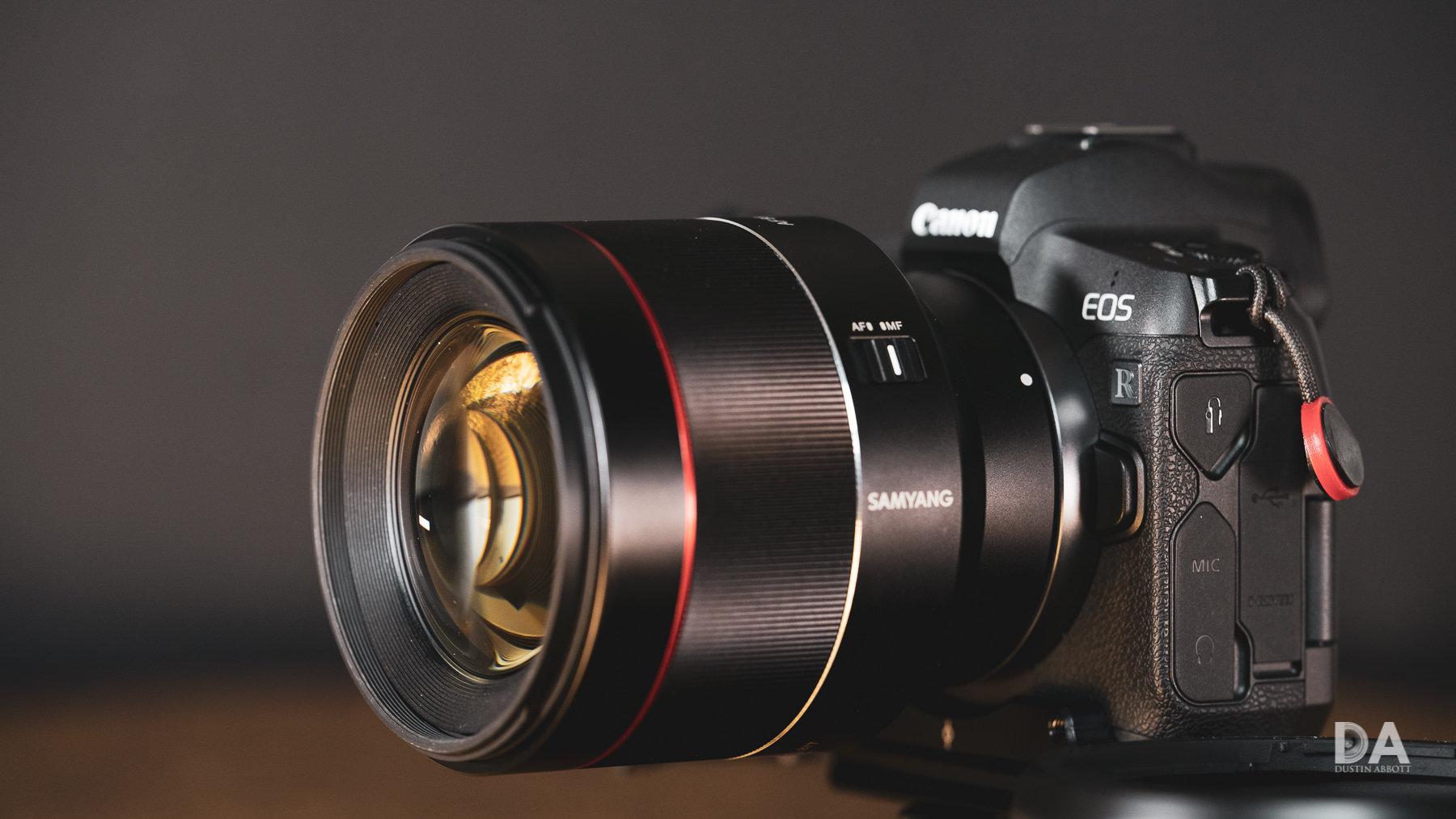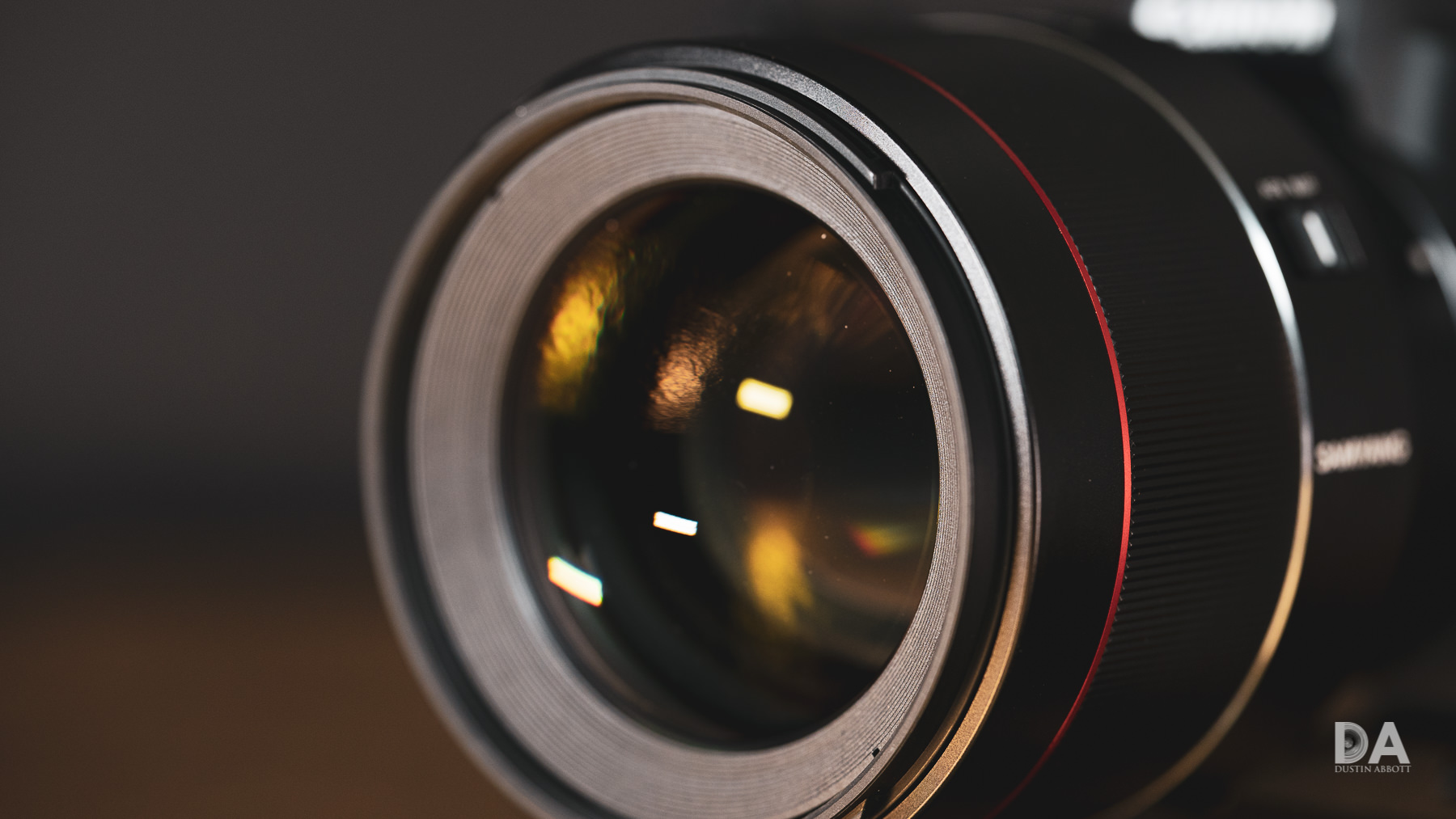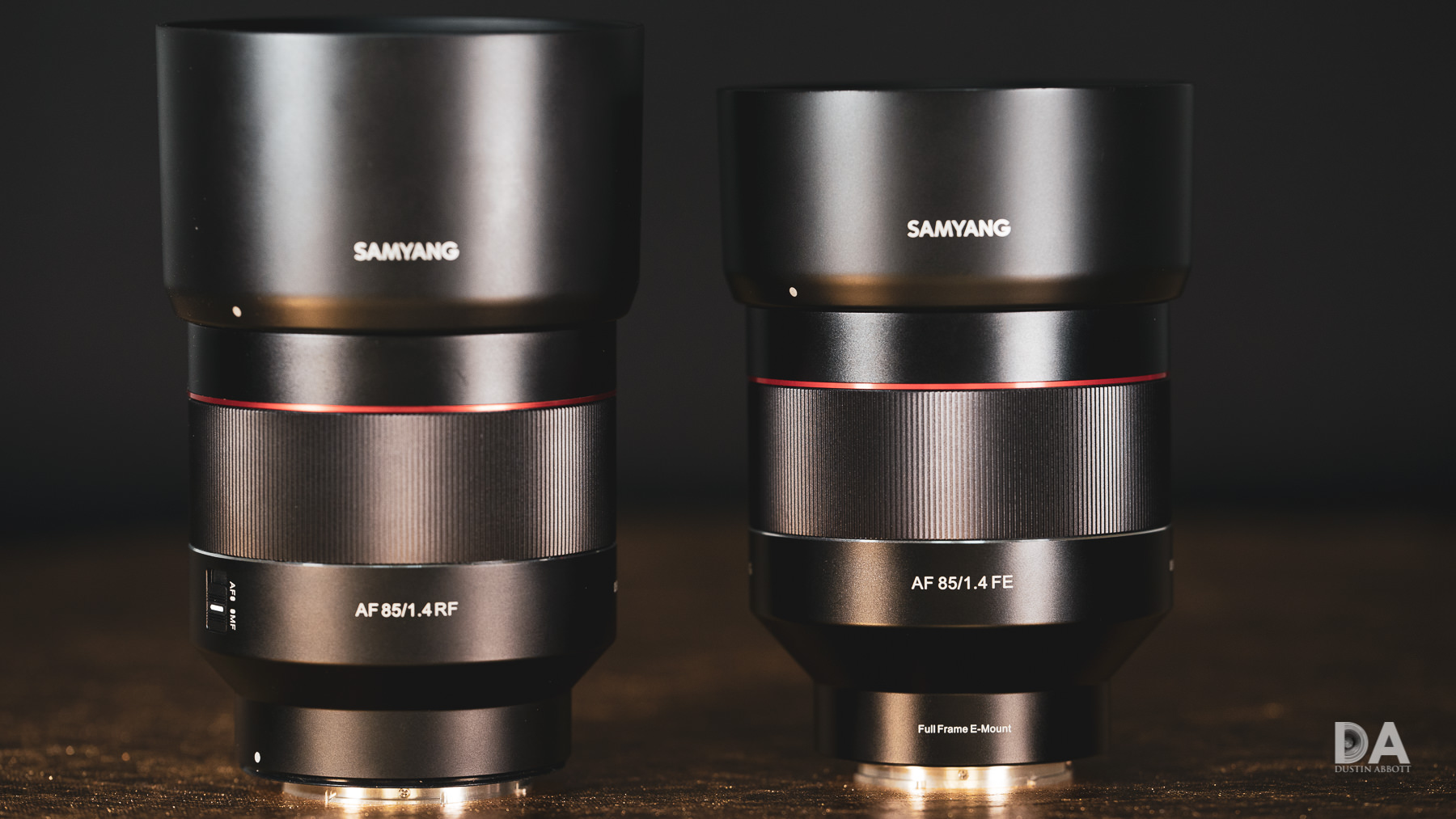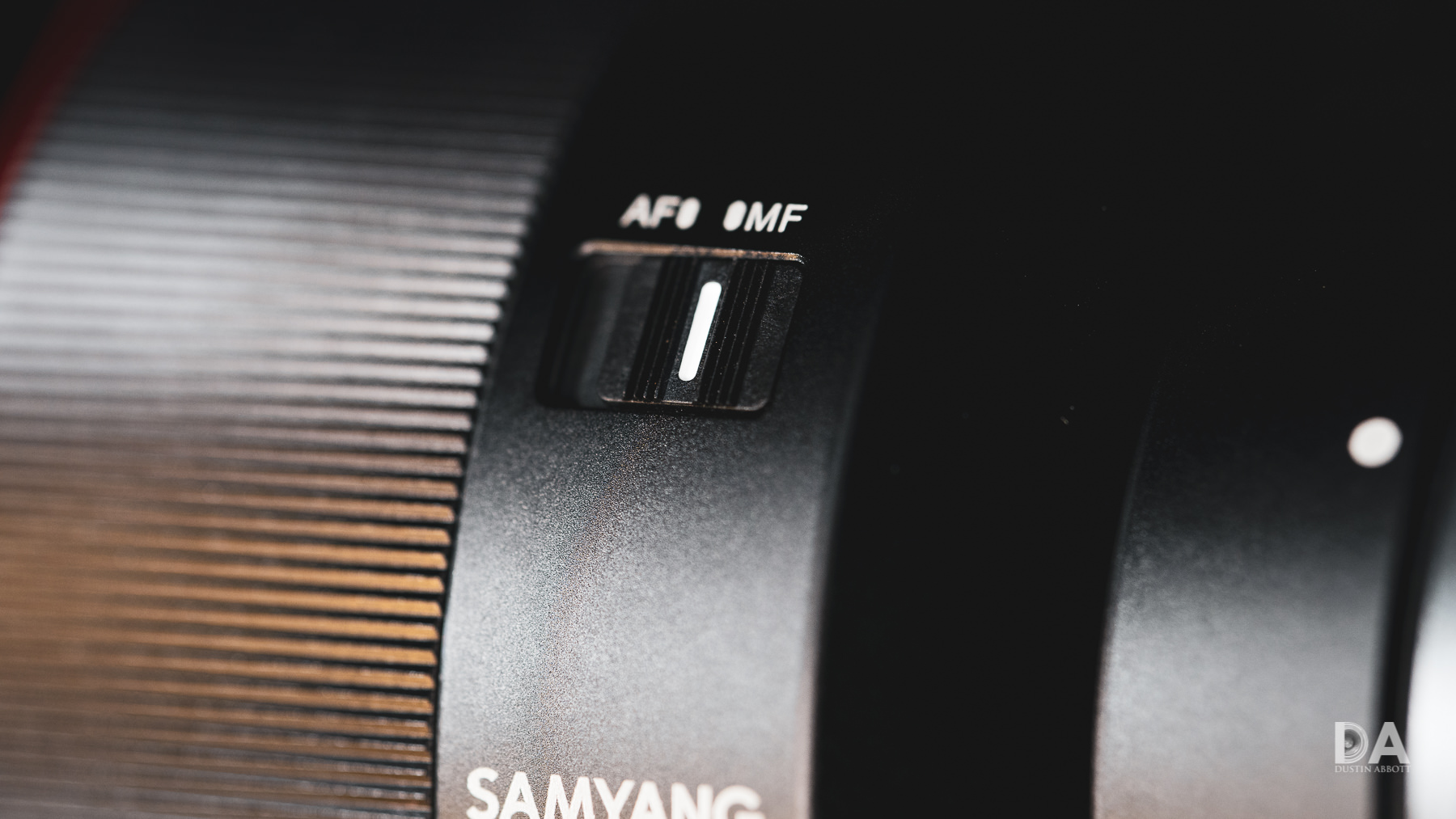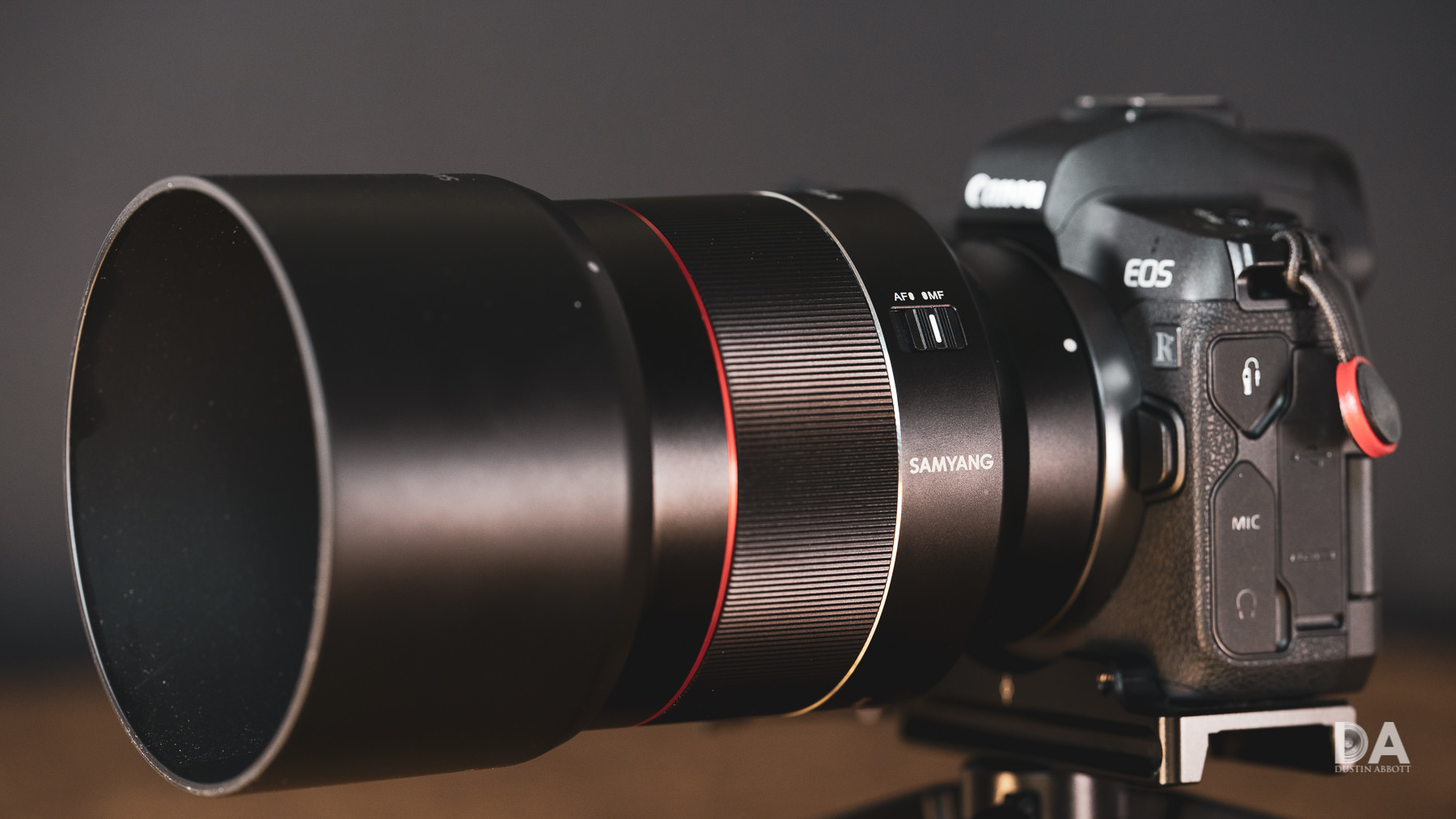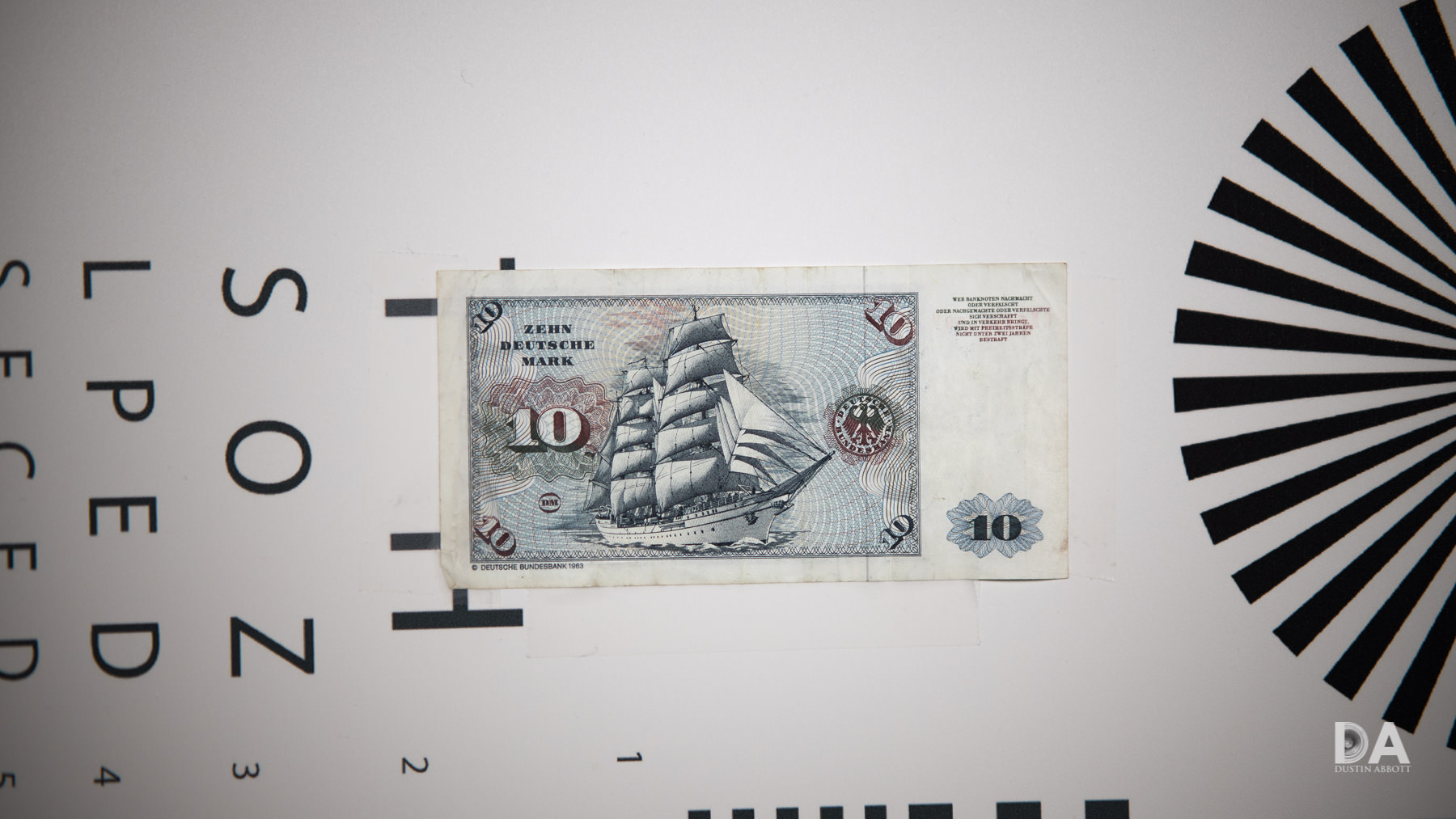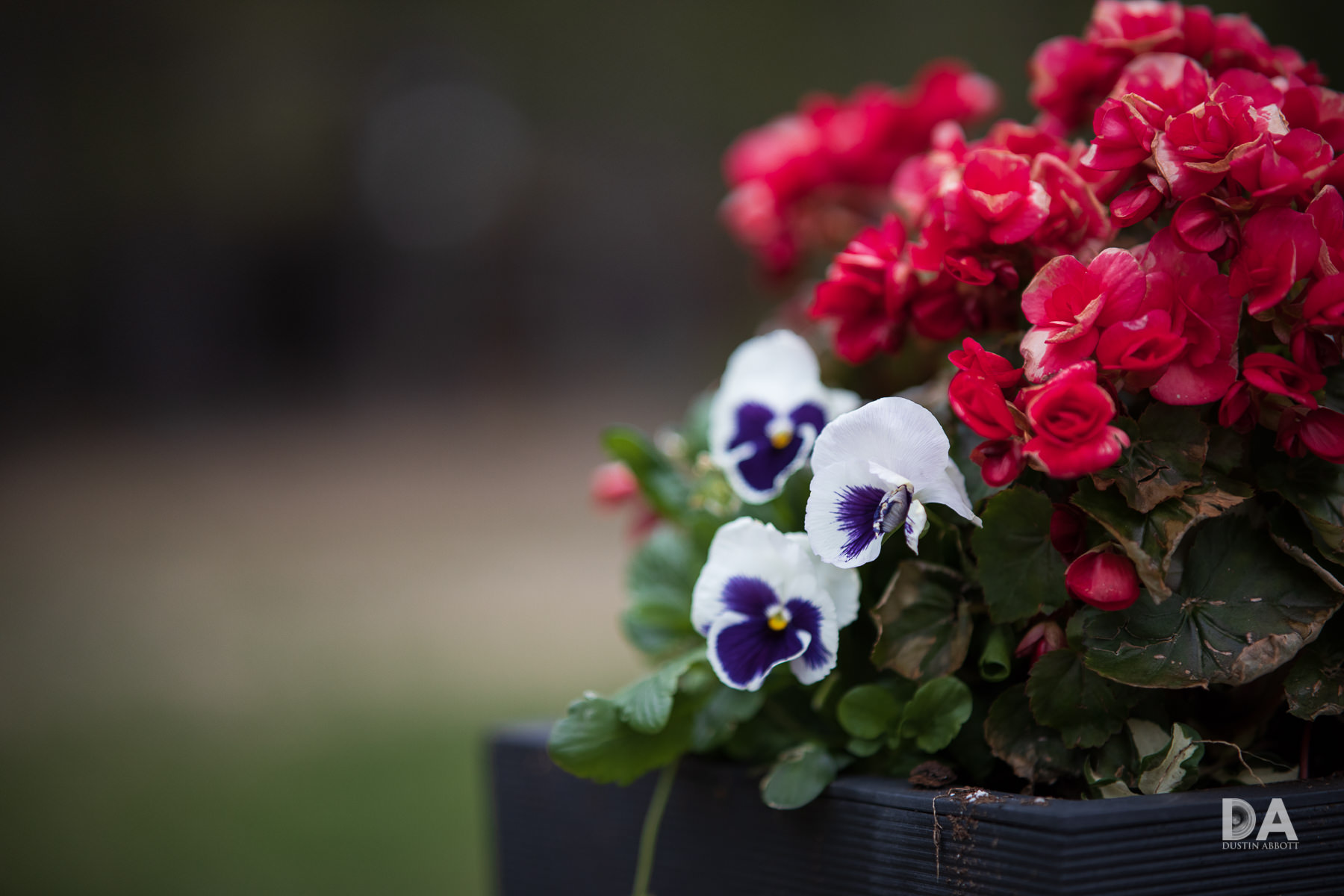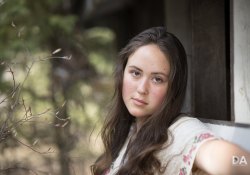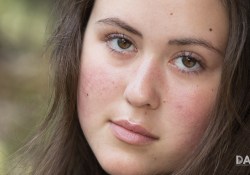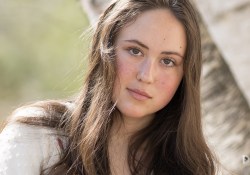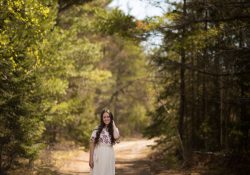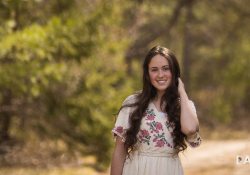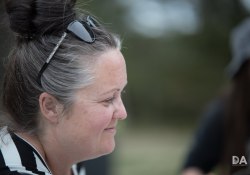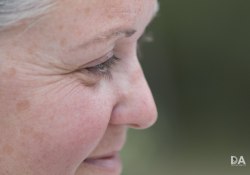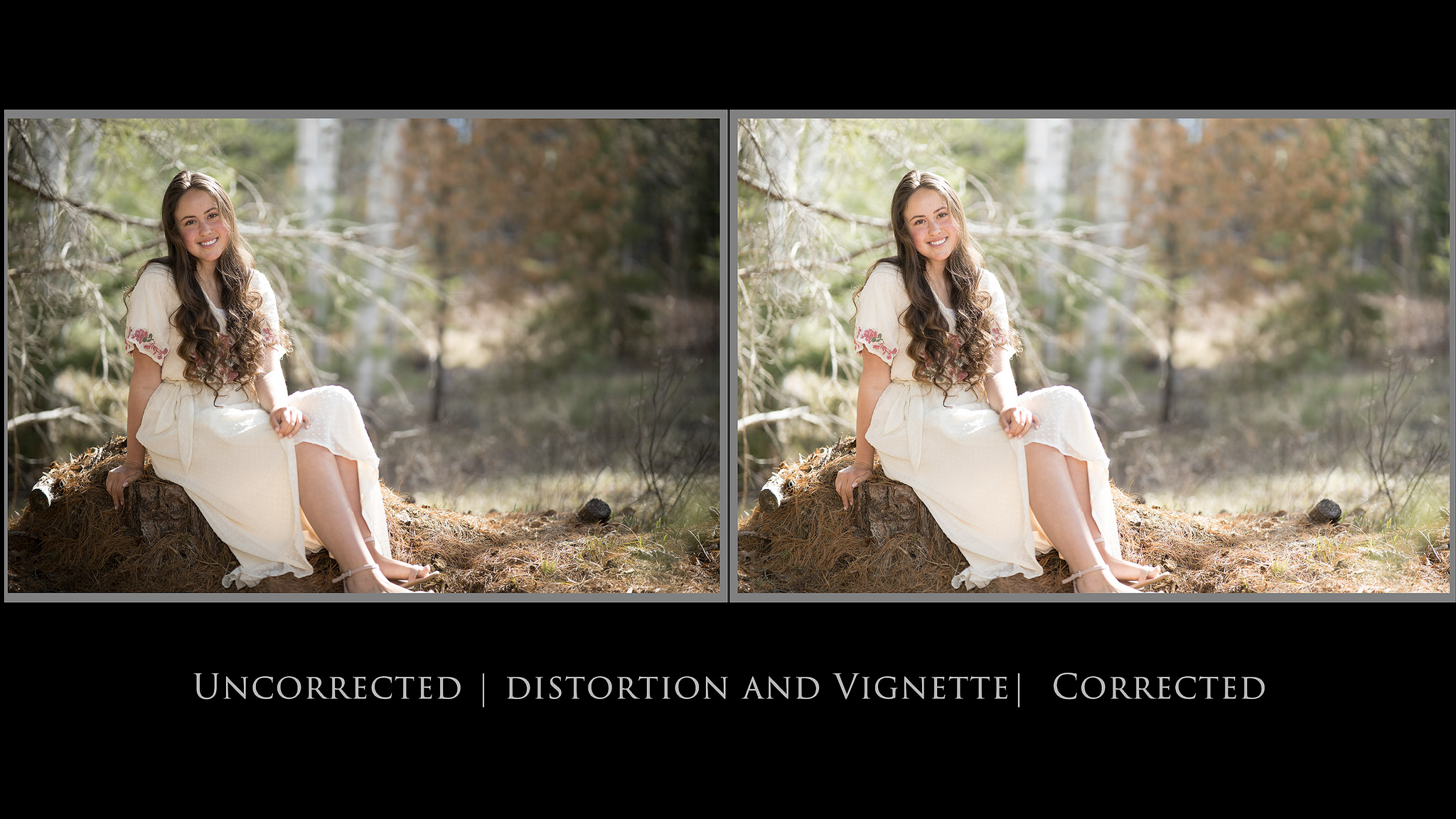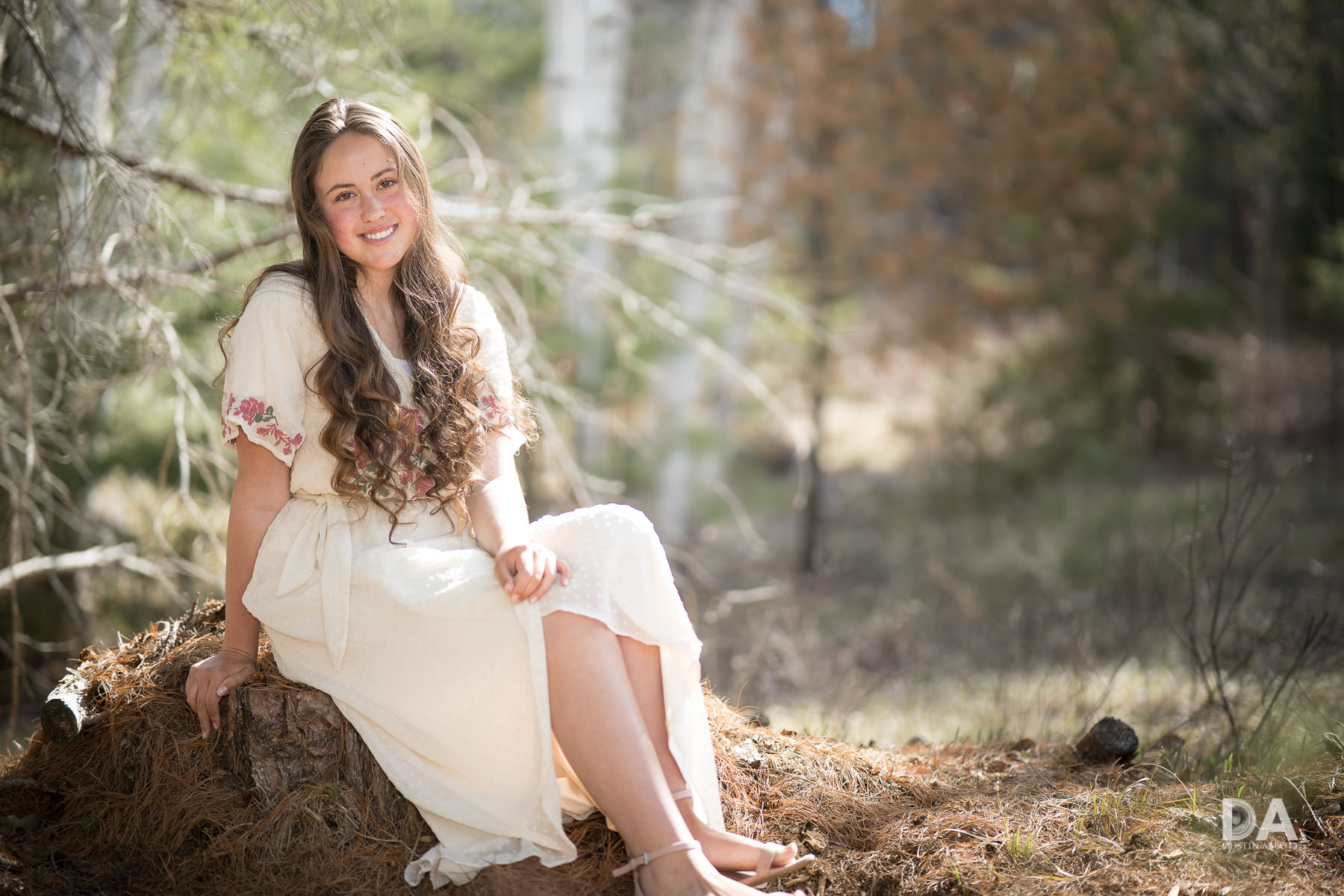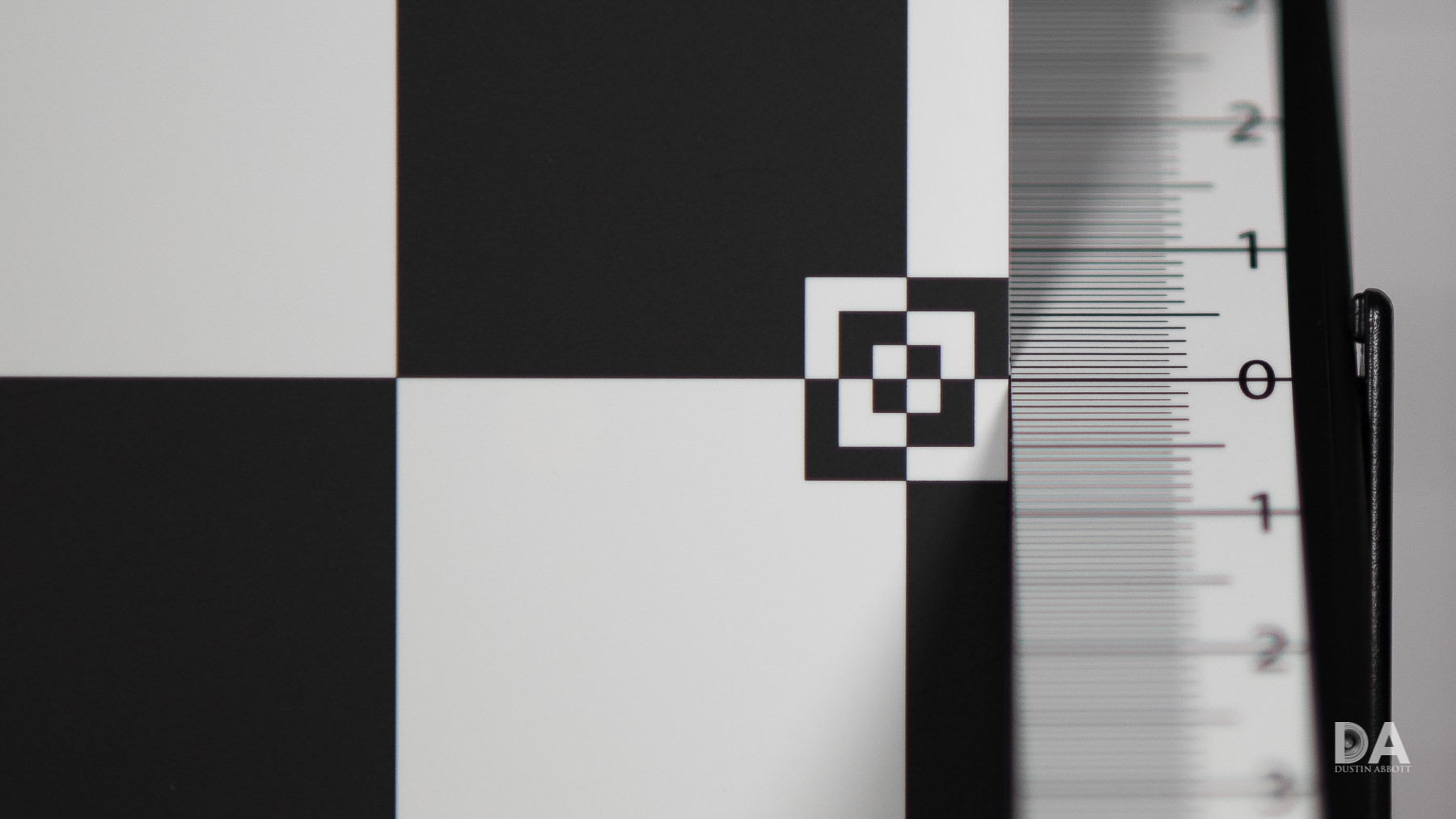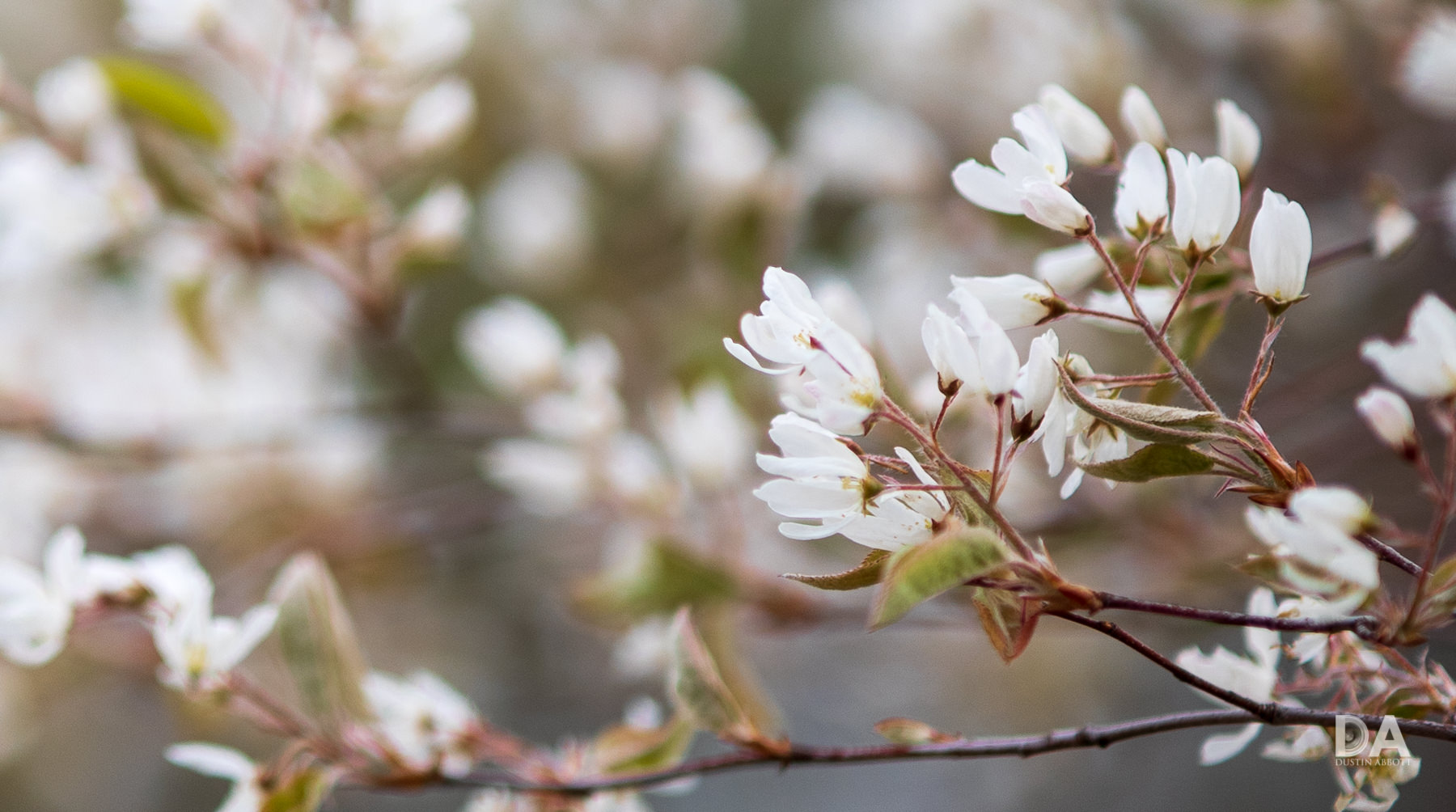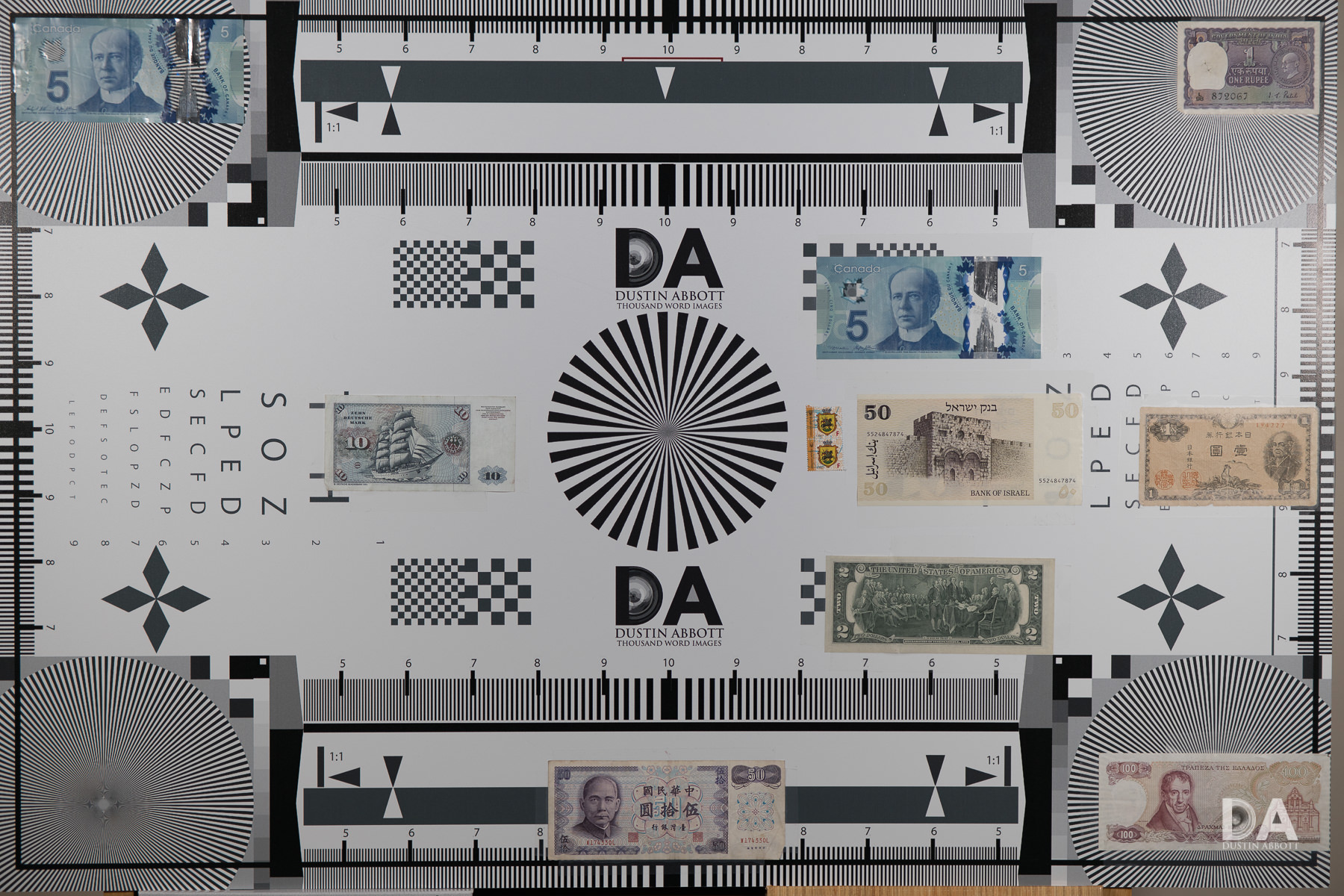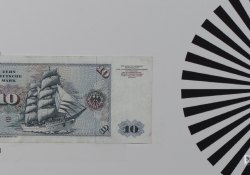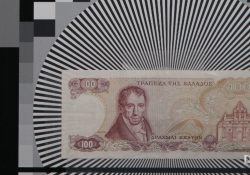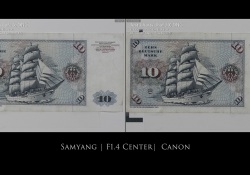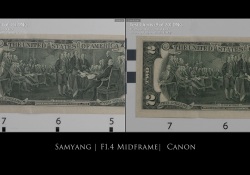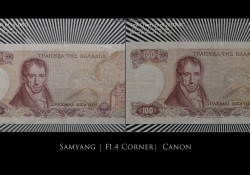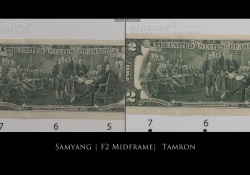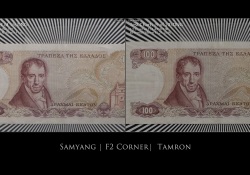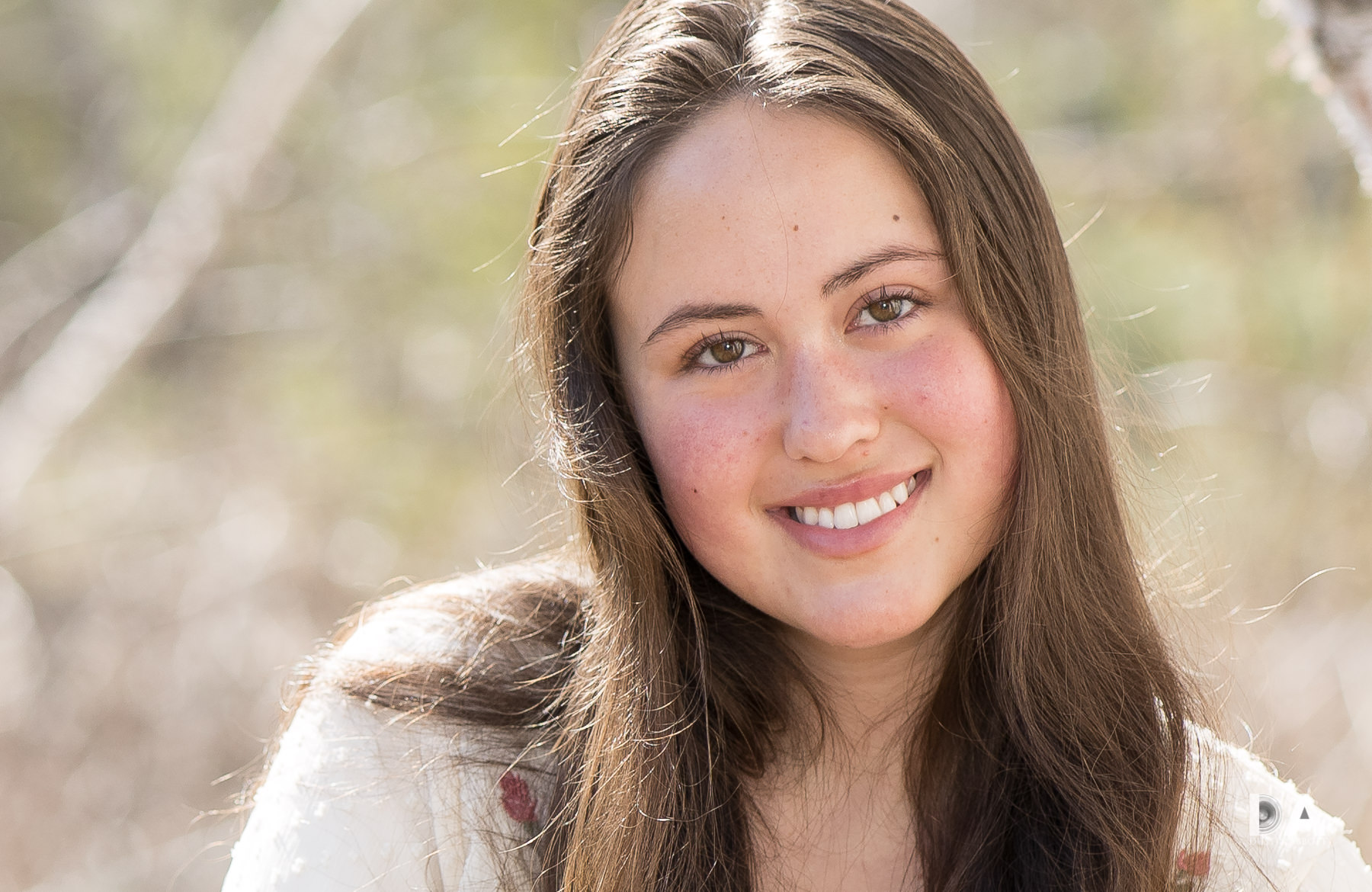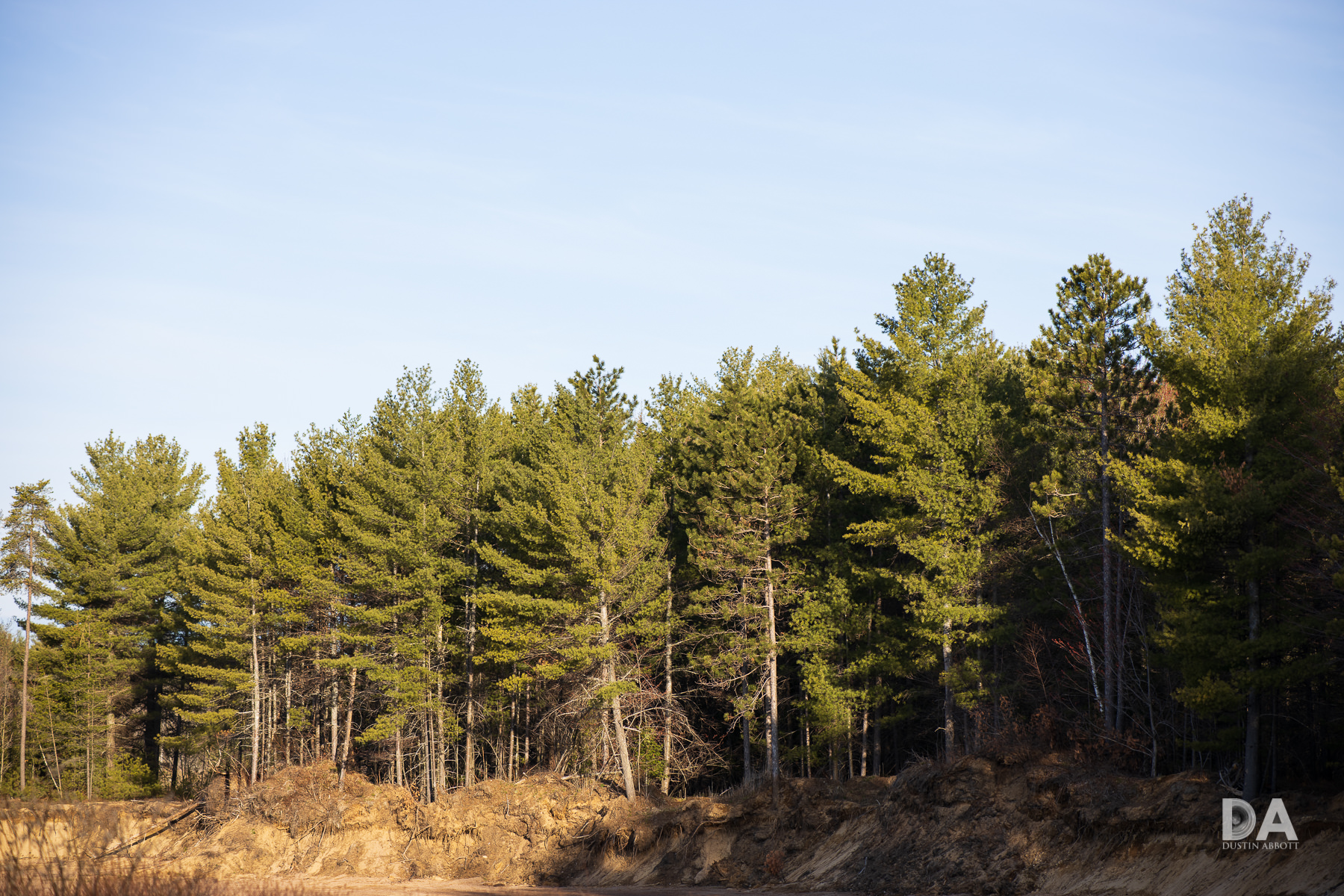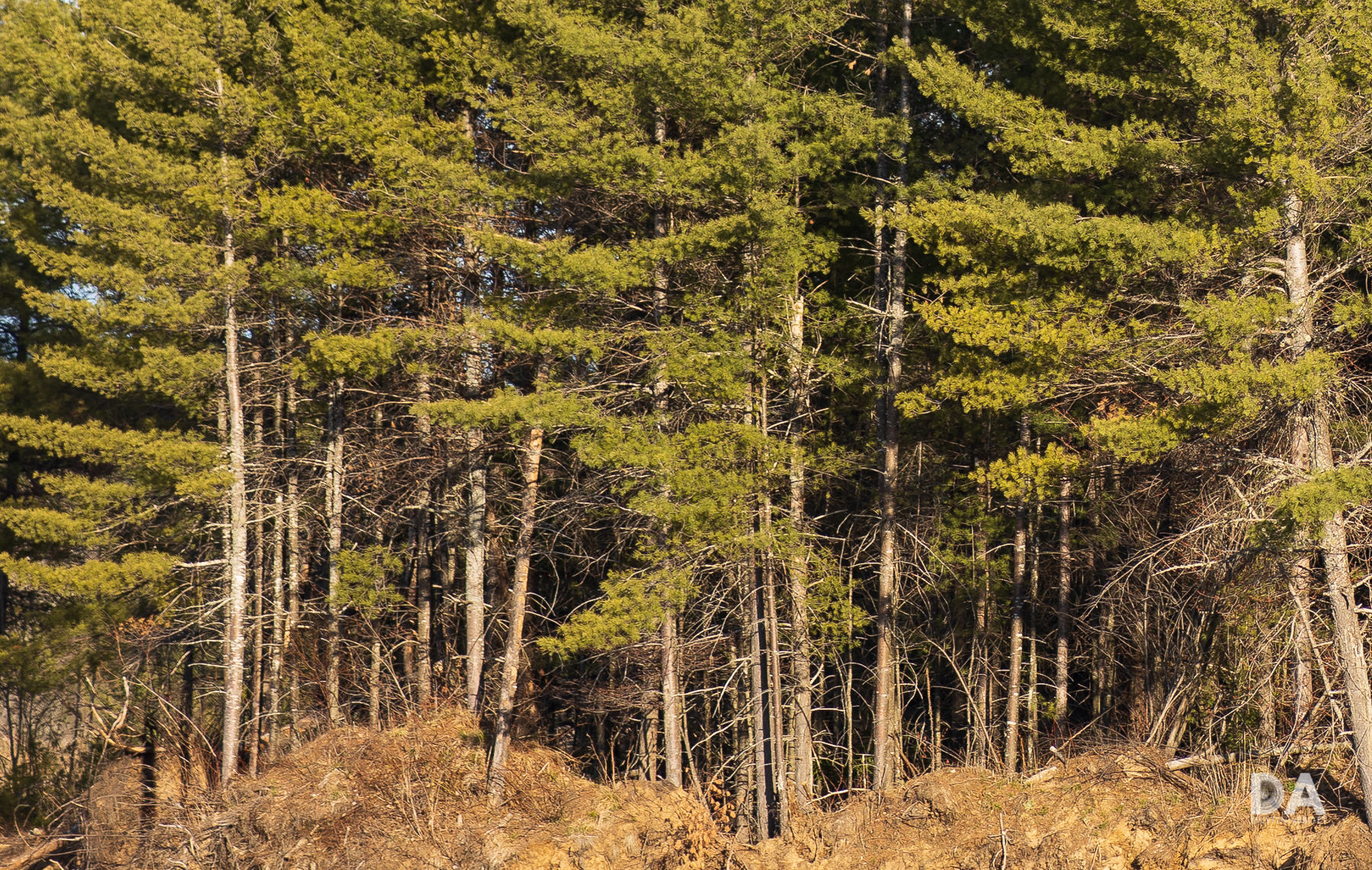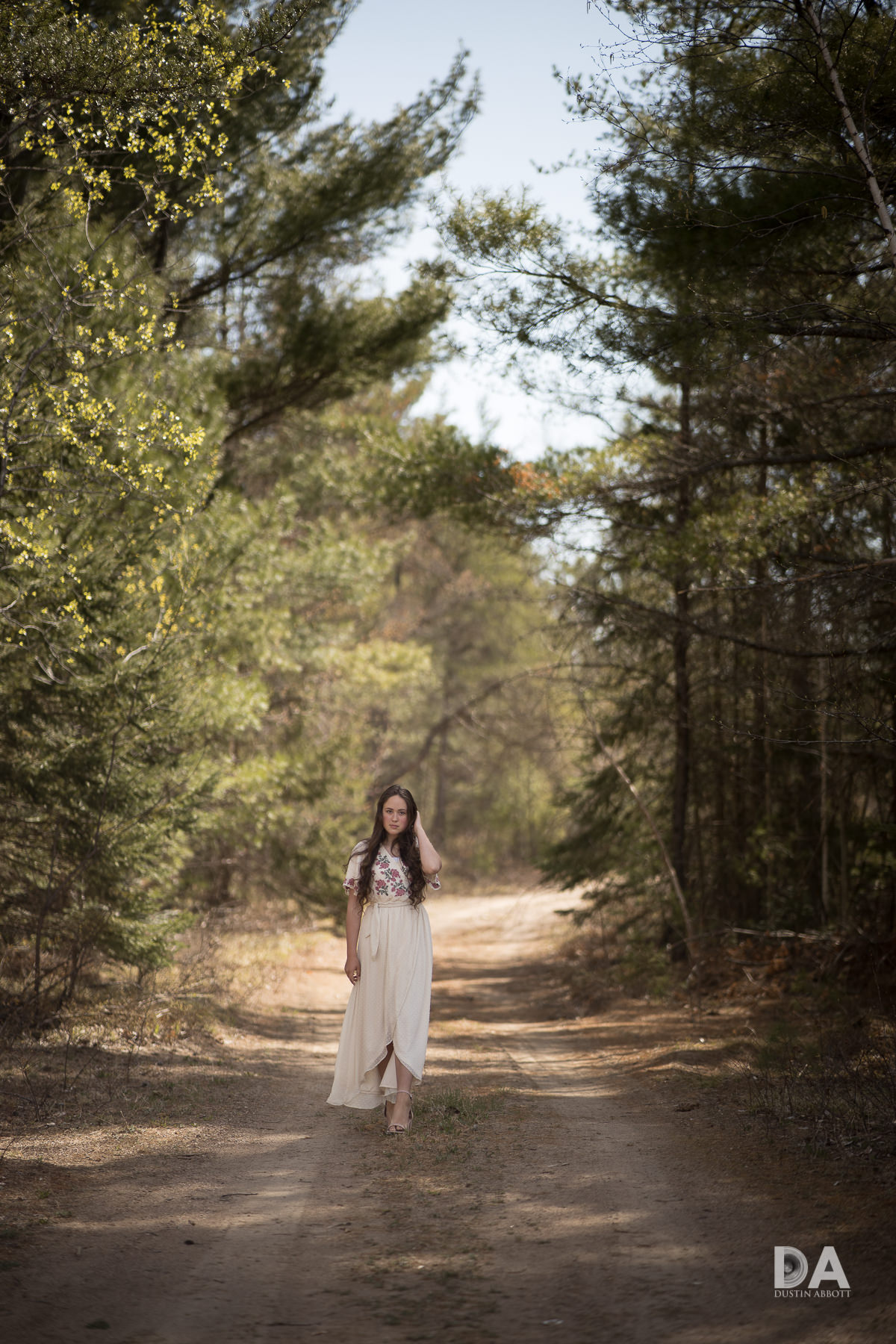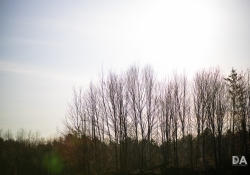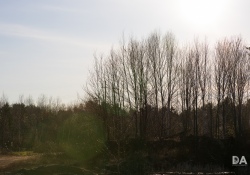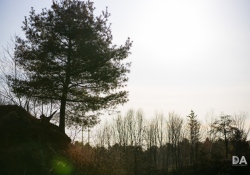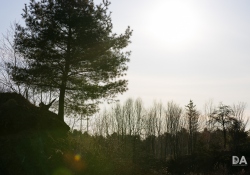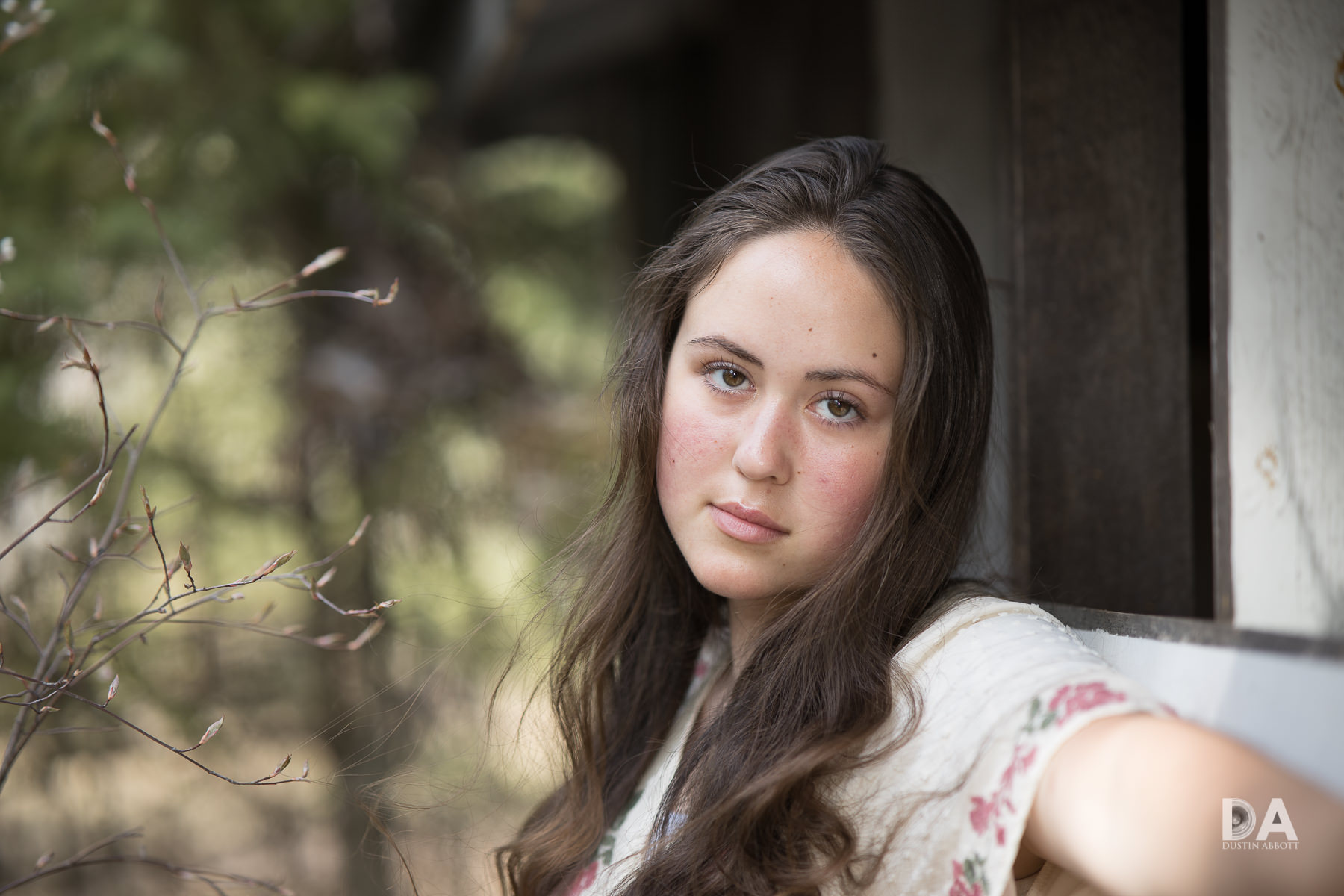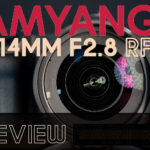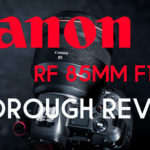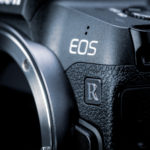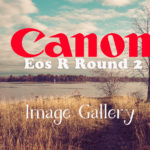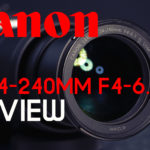At the beginning of this year I was delighted when Samyang released the Samyang AF 14mm F2.8 lens in an RF mount. It was an autofocusing lens (and one that autofocuses very well on the Canon EOS R that I tested it on) and also had a beautiful, weather sealed build. To this point there have been very, very few autofocusing third party options on the Canon RF mount, though it has become clear that Canon is fully committed to developing for the platform. I expressed hope that this was the beginning of Samyang delivering a number of their excellent recent autofocusing lenses designed for Sony FE onto the new Canon RF platform, and that appears to be the case. I’m delighted to see one of my favorite Samyang lenses (the AF 85mm F1.4) now come to Canon RF, where it delivers a MUCH less expensive alternative to the excellent (but incredibly expensive) Canon RF 85mm F1.2L lens (my review here). Despite being less than a third of the price, the Samyang RF85 (as we’ll call it for brevity) delivers a beautiful optical performance and is a very welcome addition to the Canon RF ecosystem.
The Canon RF 85mm F1.2L is a truly amazing lens, but at $2700 USD, it is also out of the reach of most photographers. Often Canon helps fill that gap with a less-expensive F1.8 lens, but to date that has not yet happened on the RF mount. There are a variety of 85mm lenses that can be adapted successfully to the mount, but that does require the use of an adapter. A reasonably priced alternative is obviously extremely welcome, as the EOS R family of cameras are great portrait options, and the RF85 mounted on my EOS R made for a lovely portrait combination.
While I’m familiar with the Sony FE version of the lens, Samyang has made a few tweaks to the lens to help it work on Canon RF. In this review, we will explore the strengths and weaknesses of the RF85 and deliver a final verdict on it.
Prefer to watch your reviews? My thorough video review will show you all the details of autofocus, image quality, video performance, and more!
Follow Me @ Patreon | My Newsletter | Instagram | Facebook | Twitter | Flickr | 500px
Thanks to Samyang Global for providing me a review copy of the lens. I’m doing the review on a Canon EOS R camera body.
Samyang RF85 Build and Handling
While there are obviously a lot of shared aspects of the build and design with the existing Sony FE version, I did note a number of changes when comparing both versions of the lens. First of all, Samyang has adapted a different finish to the barrel to better match the aesthetic of RF lenses. It is less shiny, with a slightly more matte finish. That, combined with the red ring that Samyang long ago copied from Canon, makes for a very nice fit and a handsome combination with one of Canon’s full frame mirrorless bodies.
You’ll note from the photo beneath that the FE version (on the right) is a tiny bit longer than the RF version. The Sony version is 99.5mm (3.92″) while the Canon RF version is 97.5mm. This is most likely due to a slight difference in the “flange distance”, or the proper distance from the sensor to achieve focus that is typically unique to each camera system. The RF mount is also considerably wider than the Sony FE mount, so you’ll see that the barrel design near the lens mount is different to accommodate the design differences between the two mounts. You can also the minor difference in finish with the two lenses side by side.
The overall diameter of both lenses is identical at 88mm (3.46″) and both have a 77mm front filter thread.
What’s interesting is that Samyang clearly determined after the release of the Sony FE version of the lens that a more substantial lens hood was warranted, so, while the new RF version of the lens is slightly shorter than the Sony version, it actually looks considerably longer with the lens hood attached.
Also welcome is the inclusion of an AF/MF switch on the barrel (which didn’t exist in the FE version), which makes switching between these two approaches to focus simple and intuitive.
The focus ring itself is wide and tightly ribbed. While this (like other autofocusing mirrorless lenses) is a “focus-by-wire” design, the emulation of manual focus isn’t bad here. The focus ring has fairly good damping, turns smoothly and consistently, and Canon’s “Focus Guide” and color overlays make it easy to achieve proper focus…though I suspect few people will spend much time manually focusing this lens.
Like the Sony version, Samyang has included a weather sealed design here, complete with a thick gasket at the lens mount (as always, the rubber gasket on Canon mount lenses is much thicker than those found on Sony lenses) and two other seal points inside the lens (either side of the ring).
What isn’t present is any equivalent of Canon’s control ring that is built into the native Canon RF lenses.
That point aside, however, the lens is very nicely built. The lens hood does not have a lock, but bayonets into place with precision and a definite “click”. What’s also true is that this lens is significantly smaller and lighter than competing lenses. It is about 20mm shorter than the Canon RF 85mm F1.2L and weighs half as much.
This diagram also shows the Sigma 85mm F1.4 ART, though that lens would require an adapter as there isn’t a native RF mount version of the lens.
With the lens hood in place, this is a substantial lens, but the quality grip and ergonomics of the EOS R I paired it with made it an easy match.
The RF85 has 9 rounded aperture blades that does a fairly good job of retaining a circular shape when the aperture closes down, though by F2.8 in my series here you can see the nine bladed shape a bit. You’ll also note that there is the typical geometric deformation towards the edges of the frame at F1.4 and F2, though the circular shapes are fairly consistent across the frame by F2.8:
The RF85 can focus as close as 0.9 meters (2.95 feet), but has a rather poor 0.11x magnification. This is on the low side for an 85mm lens, though not by much. The 85mm lenses I’ve tested have ranged from 0.11-0.14x (the Canon 85L is 0.12x, for reference), so this is never a strength for them. Here’s what MFD looks like:
The close up performance is pretty good, fortunately, with good contrast and sharpness. This isn’t going to serve as a substitute for a macro lens, however.
It’s worth noting that the lens properly communicates all EXIF information and properly identifies in post processing software (Samyang RF 85mm F1.4). What isn’t supported (at least by the time of this review) is Canon’s Lens Aberration Correction, as the camera shows no data available for the lens. Normally I wouldn’t be surprised by this, but the RF 14mm F2.8 did receive in-camera corrections. Perhaps a future firmware update will correct this, though it is worth noting that Samyang requires their Lens Station to apply firmware updates to their lenses, and at the time of this review the RF version is not widely available in North America.
All in all, however, there’s little to criticize here. This is a nicely made lens that has reasonable size and weight for a large aperture 85mm prime.
Samyang RF85 Autofocus Performance
Samyang has made tremendous strides in their autofocus performance in the past few years, and that’s true here. They’ve employed a “DLSM” focus system here (Dual Linear Sonic Motor) where focus motors on either side of the moving element propel focus back and forth.
While autofocus isn’t quite as fast or silent as the RF 14mm F2.8, this isn’t unexpected. The nature of the focal length and maximum aperture of the 14mm lens means that the elements are smaller and require less torque to drive them. An 85mm F1.4 lens has a LOT of glass inside, and those larger, heavier elements are harder to move with speed and silence. Focus speed is fast in either “One Shot” or “Servo” modes when making smaller changes, and only a bit slower when making major focus changes. There’s a light “clicking” noise when focusing that is audible but faint. I would say that focus noise and speed is roughly similar to the Canon RF 85mm F1.2L.
Focus accuracy has generally been very good, with fine objects being picked out easily and accurately by the focus system. I did periodically encounter the focus quirk that I also saw with the Canon 85L lens, and that was sometimes the focus system was reluctant to grab a foreground object with all points active.
I could overcome that either by choosing a different focus mode (a smaller zone, focus point, or cluster) or by touching the screen to create a smaller focus area…which typically will solve the problem.
The fact that I saw something similar with Canon’s own 85mm lens makes me think this might have more to do with the focus system in the camera than the lens itself.
I had outstanding focus results when shooting portraits. Eye AF worked perfectly, and grabs on quickly and stays locked there. This makes shooting portraits so easy (and fun), and I had amazing results even though I largely shot at F1.4. Here’s a few examples:
That makes the RF85 a great portrait option if your budget doesn’t stretch to the extremely expensive Canon RF 85mm F1.2L.
I’ve also used the lens quite often for shooting video episodes, and, while the focal length becomes very long (due to the 1.7x crop factor of the EOS R while shooting 4K video, I’ve actually had extremely good detection of my face and stable video AF performance…great news! I presume this lens will be even more useful once the highly anticipated Canon EOS R5 arrives.
I don’t really have any major criticisms here. The RF85 performed well in all the various scenarios I put it in, and has become an easy lens to reach for even for casual shots.
Put simply, I’ve reached for my EOS R more often since this lens arrived on my doorstep. While I would love to own the Canon 85L, its price is prohibitive ($3500 + tax here in Canada!), so I’m enjoying having a quality 85mm lens with good autofocus available…and one that I can afford.
Samyang RF85 Image Quality
Samyang has delivered a lens with an optical formula high on special elements, including four HR (High Refraction) and one ED (Extra Low Dispersion) in the total of 11 elements in 8 groups. This results in a very strong performance optically. Here’s a look at the optical formula and MTF charts.
The challenge with portrait lenses is that if they are too sharp and contrasty, skin looks a bit “plasticky”. Without enough sharpness and contrast, however, one feels like they have to stop the lens down to get rid of haze or chromatic aberrations, which kind of defeats the purpose of buying a large aperture prime lens to begin with. The AF85 hits the sweet spot, though, with very nice wide open sharpness and downright wicked sharpness by F2.8. It doesn’t suffer from pronounced chromatic aberrations or hazy textures, and the overall rendering and bokeh is very nice. Here’s a real-world example at F1.4.
Pretty nice stuff there!
Let’s first take a look at some of the basic optical issues like vignette and distortion.
What we see is a negligible amount of pincushion distortion. The “corrected” version has a -1 value plugged in, but it is hardly necessary. Vignette is another story, however. I slid both sliders to the extremes (+100 and midpoint moved all the way to the left) to correct the vignette. A lot of this lifts by F2 and is almost all gone by F2.8. Just for reference – the vignette is about identical to that seen on the Tamron SP 85mm F1.8 VC (a logical comparison point in terms of price) and is about 25% heavier than what is seen on the Canon RF 85mm F1.2L (at F1.2) and between 40-50% heavier than the Canon when it is stopped down to F1.4. So while it is not unusually heavy on the Samyang RF85, this is definitely an optical vulnerability for the lens. For portrait work, however, I preferred the uncorrected vignette which is linear in nature and is flattering.
I do like the additional light on the subject, but I would prefer to add that directly and not lose the spotlighting of the subject. Something more like this:
Your preferences may vary, of course, but I wanted to highlight the issue.
There are mild amounts of LoCa (Longitudinal Chromatic Aberrations) visible at F1.4, and contrast is good but not Otus level.
I saw nothing to be concerned about in this regard with real-world results.
Here’s a look at the test chart globally, followed by crops from across the frame.
Center sharpness is very good at F1.4 with edge performance at good levels. Contrast is also good (but again, not at Apochromatic levels, which might a good thing depending on your perspective).
For some perspective, here’s hope the lens compares to the incredibly expensive Canon RF 85mm F1.2L (both lenses at F1.4) at center, midpoint, and corner:
What’s interesting is that while I think the Canon shows better levels of contrast across the frame, there is little discernible difference in resolution. I would favor the Canon overall, but I would certainly see where people might question whether that is 300% better (the Canon costs 3x as much).
How about against a more reasonably priced competitor? The Tamron SP 85mm F1.8 VC (which easily converts to RF via the EF to RF adapter) has a pro-level build, image stabilization, and a comparable price ($749 USD at present, while the Samyang is listing at $699 USD). Here’s a look at how they compare (at F2) across the frame:
This one is pretty close, but I see a definitely Samyang advantage in the center of frame, while I perceive a slight resolution advantage for Samyang but arguably a bit more contrast for the Tamron across the rest of the frame.
Bottom line: the modern lens market is very, very competitive. It is rare that a bad lens optically gets released, and any of these modern lenses would blow away the top 85mm lenses from a decade ago in terms of raw resolution and contrast.
By F2.8 the contrast and resolution across the frame is fantastic. You can see the increase in both here:
For real world work, this means that detail is really going to pop at F2.8:
You can see that the crop from the left side from this handheld landscape image at F2.8 looks very good:
I noted previously that some may prefer a slightly lower contrast look and not to have all aberrations perfectly corrected. My experience is that many lenses that have all aberrations corrected unfortunately lose something in the process. They are very sharp and have very high contrast, but their overall rendering and bokeh is often busier and less “magical”. People will sometimes use terms like “clinical” to describe such lenses; they lack character. I personally feel like Samyang has struck a nice balance with the RF85; it has plenty of sharpness and contrast, but also has “soul” as well. The rendering is beautiful, the bokeh is lovely, and images from the lens are very pleasing. Here are some examples:
Occasionally I will see the slighted bit of “busyness” in some transition areas, but my overall impression from the lens is that the bokeh is very nice. This is going to make for an extremely nice portrait lens. Here’s a full length F1.4 portrait:
Very nice. The RF system has desperately needed an affordable portrait option, and it has definitely arrived.
There is one other flaw to be discussed, one that is fairly common to wide aperture medium telephoto lenses: flare resistance. It is rare that prime lenses with huge amounts of glass are able to thoroughly resist the effects of bright light, and the Samyang RF85 is no exception. I got a variety of different flare artifacts when shooting into the sun, though I didn’t see anything unusually bad here.
The good news with telephoto glass is that it is fairly easy to avoid pointing them into direct sun because of the more narrow angle of view. Furthermore, if you position it properly, these aberrations can be used to artistic effect. I would summarize this performance as being fairly typical but certain not impressive.
All in all, there is a lot to commend the Samyang RF85 for optically and relatively little to criticize it for. I’m definitely a fan of what I see here. If you would like to see more images from the lens, check out the image gallery here as I believe the images speak for themselves.
Conclusion
The release of the Samyang RF 85mm F1.4 AF is very, very welcome on Canon’s new full frame mirrorless platform. I gave the Canon RF 85mm F1.2L a fairly rave review while also acknowledging that it’s price ($2700 USD) places it out of the range of the vast majority of photographers. For those interested in portrait photography, but without incredibly deep pockets, the Samyang RF85 ($700) is a godsend. It gives them a quality build (yet reasonable weight), good autofocus performance (with excellent Eye AF results), and image quality that is, essentially, near perfect for portrait work.
The RF85 is quite sharp from F1.4 on, and while there is fairly strong vignette, I’m fairly partial to the wide open performance of the lens:
The list of shortcomings is fairly brief, with the typical wide aperture short telephoto traits of vignette and flare being the chief optical complaints. The autofocus performance is roughly on par with what I saw from the Canon 85L lens, which is to say very good but not as quiet, smooth, or fast as the very best that I’ve seen. I also wish the lens had support of Canon’s Lens Aberration Corrections (like the 14mm F2.8), but hopefully that will come via firmware in the future. That’s about as much as I can come up with, as overall I think the lens is a wonderful addition to the RF catalog and a lens I plan to add to my own Canon RF kit.
While lenses like this are certainly a threat to the more expensive first party options, they also serve to make the platform more accessible and help sell cameras. Canon needs third party lenses like this to convince people to move either from DSLRs to mirrorless or from competing mirrorless systems to their own. The Samyang (Rokinon) RF 85mm F1.4 AF is a pretty compelling reason to do so.
Pros:
- Beautiful build with moderate weight
- Weather sealing improves flexibility
- Dual linear motors makes focus smooth, fairly quiet, and fast enough in most situations
- Video AF is very stable
- Excellent center sharpness and good edge sharpness at wide apertures
- Very sharp and high contrast across the frame when stopped down
- Aberrations exist but in small, non-destructive amounts
- Beautiful bokeh and rendering
- Eye AF works fantastic
- Vastly improved manual focus ring and focus action
- Great price to performance ratio
Cons:
- Autofocus can refuse to focus on close objects initially with all points active
- Somewhat flare prone
- Fairly heavy vignette
- No Canon Lens Aberration Correction support
Purchase the Samyang RF 85mm F1.4 AF @ B&H Photo | Amazon | Amazon Canada | Amazon UK | Amazon Germany | Ebay
Purchase the Canon EOS R @ B&H Photo | Amazon | Amazon Canada | Amazon UK | Amazon Germany | Ebay
Purchase the Canon EOS RP @ B&H | Amazon | Amazon Canada | Amazon UK | Amazon Germany | Ebay
Peak Design Leash Strap: Peak Design Store | B&H Photo | Amazon | Amazon Canada | Amazon UK
BenQ SW271 4K Photo Editing Monitor – B&H Photo | Amazon | Amazon.ca | Amazon UK
Adobe Photoshop Creative Cloud 1-Year Subscription
Alien Skin Exposure X4 (Use Code “dustinabbott” to get 10% anything and everything)
Visit Dustin’s Amazon Storefront and see his favorite gear

Purchasing your gear through B&H and these links helps fund this website and keeps the articles coming. You can also make a donation here if you would like. Visit my Amazon page for some of my gear of choice! Thank you for your support.
Great News! I can now offer a 5% discount on all purchases at Amplis Foto, Canada’s Leading Photographic Supplier. Please enter discount code: AMPLIS52018DA in your cart. It is good for everything in your cart, and is stackable with other coupons, too! It will take 5% off your entire order! Proceeds go towards keeping this site going and providing you with new reviews!
Check me out on: My Patreon | Sign Up for My Newsletter | Instagram | Facebook | Twitter | Flickr | 500px | Google+ |
Use Code “DUSTINHDR” to get $10 off ($15 CDN) any Skylum product: Luminar, Aurora, or AirMagic
Keywords: Samyang AF, Samyang AF 85mm, Samyang AF 85mm F1.4, 85mm 1.4, AF 85mm 1.4, Samyang 85 1.4, Samyang AF 85mm F1.4 FE, Sony, Samyang AF 85mm Review, Samyang AF, 85, 85mm, 85mm 1.4, 85 1.4, Dustin Abbott, AF 85mm Review, Portrait, Linear Motors, Sony a7RIII, Sony a7III, Eye AF, Bokeh, Sharpness, Resolution, Rokinon, Rokinon 85mm, Rokinon AF 85mm, AF 85mm F1.4, AF 85mm 1.4, Video Test, Sample Images, Real World


